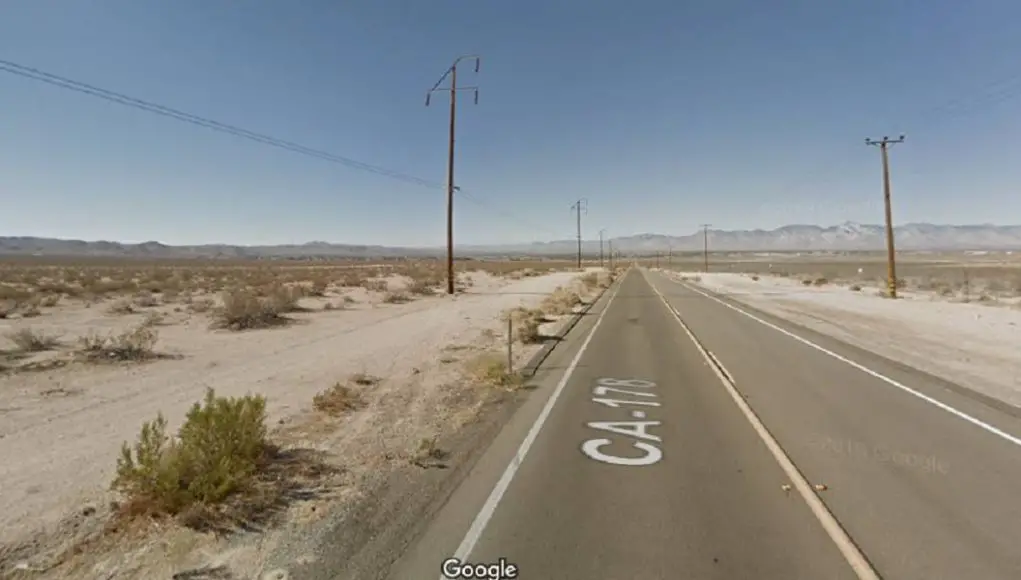Here’s what to do during, before and after an earthquake if you’re driving in your car.
With recent earthquakes striking in Southern California, it’s a good reminder to refresh yourself on what to do if you’re driving and an earthquake hits.
During
- Safely pull over– If you feel like everything around you is swaying unnaturally and you’re in an earthquake, find a place to safely pull over in the open, not under an underpass, and away from tall buildings. If you can’t safely pull over, drive slowly away from danger to a place you can.
- Put your car in Park, turn off the engine, and set your parking brake- All in that order. Turning off your engine ensures that if there are leaking fluids due to damage to your car or others, a hot exhaust or spark won’t set off a fire near you. Putting on your parking brake ensures you won’t roll forward or back if there are unintended elevation changes.
- Brace yourself- Cover your head and arms to protect yourself and wait out the shaking.
After
- Only use your cellphone to report injuries and life-threatening situations like down powered lines etc. – If you are injured, someone in your party is, or someone around you is hurt, by all means, call for help. Otherwise, save your phone calls for later. Not calling keeps cellphone towers not overloaded, ready to respond to others with more dire needs.
- Cautiously drive away- Earthquakes cause broken roads, cracks, etc. You’ll want to drive extra cautiously, keeping an eye out for anything in your path. At the same time, don’t take too long to get where you need to go. The risk of an aftershock is higher right after an earthquake.
Before- This is what you should do to prepare yourself for an earthquake for your car before it hits.
- Jug of water, first aid, extra car fluids, and a spare tire inspection- At the very least, keep a large bottle of water for drinking and cleansing wounds in a first aid situation, a small first aid kit, and fluids your car might need. For example, if your car leaks oil, an extra quart of oil would be OK. Also, no use in lugging a spare around if it’s flat. Check that it’s got enough PSI as per the manual. Typically, a spare tire is around 60 PSI, more than a regular tire.
- Make sure your car is in tip-top shape- This goes without saying, but make sure you give your car its recommended maintenance as needed. At the very least, top off all fluids and check all tires.
- Fill your gas tank if you can- If it’s a couple of days directly after an earthquake if you can, be sure you’ve got some gas in your car. The chances of another earthquake hitting directly after one are high and, if it’s large enough to cause mass panic, a run on the gas stations in your area is inevitable. Get ahead of the curve and keep your car gassed as you can. Your car is a source of cooling, charging for your phone, and transportation to get further from harms way towards safety.
Preparedness is everything for earthquakes.
Do you have any other tips that are useful for earthquakes in your car? Let me know in the comments and I’ll add them above.




